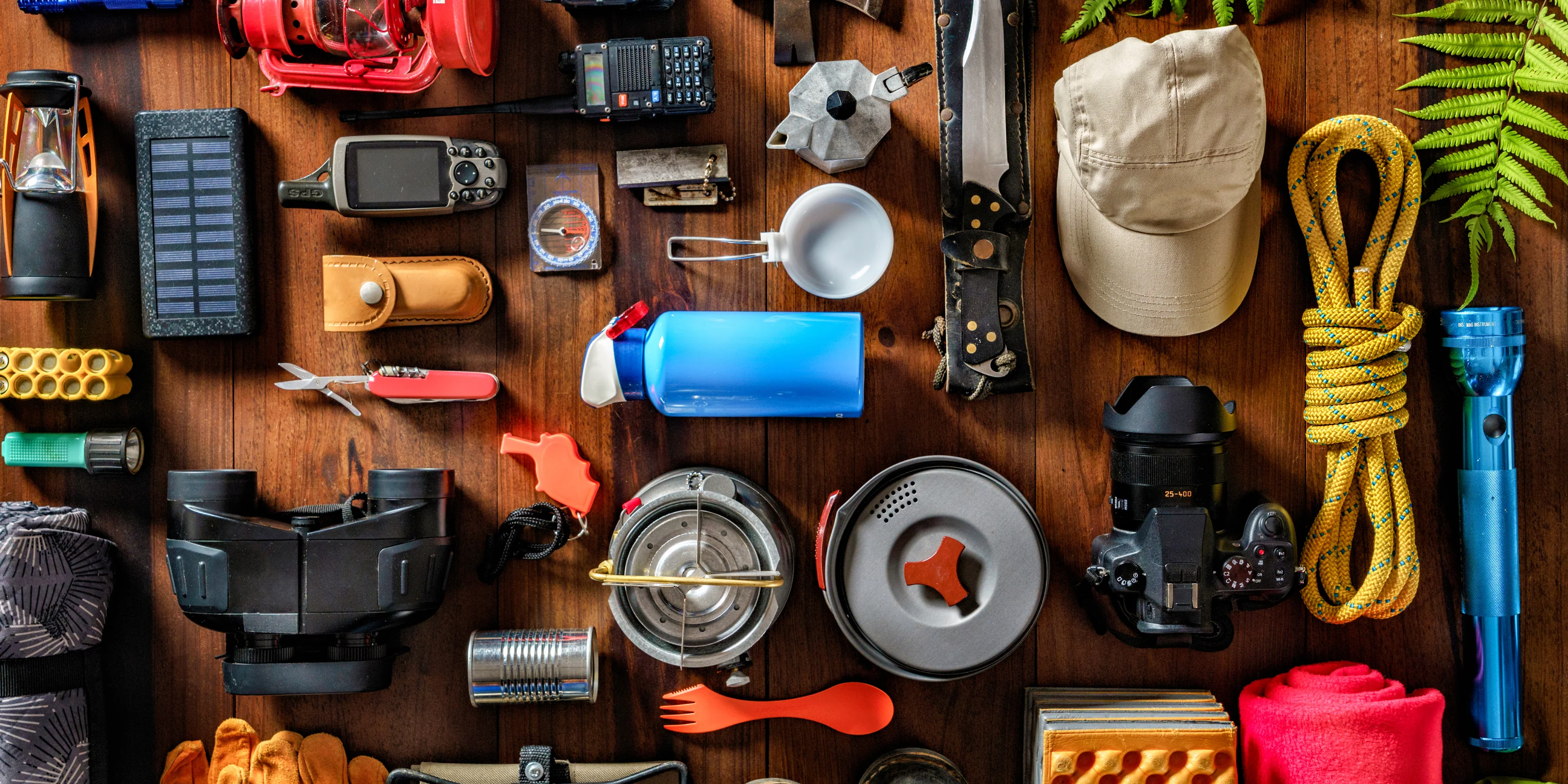Proper maintenance is the key to extending the life of your outdoor gear and ensuring it performs when you need it most. From cleaning Cordura nylon to maintaining zippers and hardware, consistent care keeps your equipment in peak condition for years of adventures.
Maintenance Philosophy
Think of gear maintenance as preventative medicine for your equipment. Regular, small maintenance tasks prevent major repairs and extend the functional life of your gear significantly.
Fabric and Material Care
Cordura Nylon and Technical Fabrics
Proper care maintains water resistance and durability:
- Cleaning - Use mild soap and lukewarm water, avoid harsh detergents
- Drying - Air dry away from direct sunlight and heat sources
- DWR Refresh - Reapply durable water repellent coating annually
- Stain Treatment - Spot clean with gentle brush and mild solution
- Storage - Store clean and completely dry to prevent mildew
Waterproof and Breathable Membranes
Maintain the performance of Gore-Tex and similar membranes:
- Gentle Cleaning - Use technical cleaner designed for membranes
- No Fabric Softeners - They clog pores and reduce breathability
- Re-waterproofing - Use spray-on or wash-in treatments as needed
- Heat Activation - Tumble dry low to reactivate DWR coatings
Critical Warning
Never use bleach, fabric softeners, or stain removers on technical outdoor fabrics. These chemicals break down waterproof coatings and damage membrane technology.
Hardware and Component Maintenance
Zipper Care and Maintenance
Keep zippers smooth and functional:
- Regular Cleaning - Use a soft brush to remove dirt and debris
- Lubrication - Apply zipper wax or silicone lubricant periodically
- Inspection - Check for missing teeth or damaged sliders
- Gentle Operation - Don't force stuck zippers; work them gently
- Replacement - Replace worn zippers before complete failure
Buckles, Straps, and Hardware
Maintain functionality of adjustment systems:
- Cleaning - Wash with mild soap and rinse thoroughly
- Lubrication - Light silicone spray on moving parts
- Inspection - Check for cracks, warping, or UV damage
- Strap Care - Keep straps clean and avoid excessive twisting
- Hardware Replacement - Replace worn components promptly
Sleep System Maintenance
Sleeping Bag Care
Preserve loft and insulation performance:
- Spot Cleaning - Address stains immediately with gentle cleaner
- Proper Washing - Use front-loading machine and technical detergent
- Drying - Low heat with tennis balls to restore loft
- Storage - Store uncompressed in large cotton storage bag
- Loft Maintenance - Fluff and shake regularly between uses
Sleeping Pad Maintenance
Ensure reliable performance and comfort:
- Leak Testing - Inflate and submerge in water to find leaks
- Patch Repair - Use included repair kits for punctures
- Valve Maintenance - Keep valves clean and functioning properly
- Storage - Store partially inflated or rolled loosely
- Cleaning - Wipe down with damp cloth after each use
Footwear Maintenance
Boot and Shoe Care
Extend the life of your hiking footwear:
- Cleaning - Remove dirt and debris after each hike
- Drying - Air dry slowly, never near direct heat
- Conditioning - Apply appropriate conditioner for leather types
- Waterproofing - Reapply waterproof treatment regularly
- Sole Inspection - Check for worn lugs and separation
Pro Tip
Rotate between two pairs of hiking shoes to allow each pair to fully dry and recover between uses. This significantly extends the life of both pairs.
Maintenance Schedule
Recommended Maintenance Timeline
Storage Best Practices
Proper Storage Techniques
How you store gear between uses affects longevity:
- Clean and Dry - Never store damp or dirty equipment
- Temperature Control - Store in cool, dry place away from direct sunlight
- Ventilation - Allow air circulation to prevent mildew
- Loft Preservation - Store sleeping bags and insulated items uncompressed
- Organization - Use breathable storage bags and containers
Storage Warning
Avoid storing gear in plastic bags or airtight containers, as this can trap moisture and lead to mold and mildew growth. Use breathable cotton storage bags instead.
Repair vs. Replacement
When to Repair
Many issues can be fixed with basic repair skills:
- Small Tears and Rips - Patch with appropriate repair tape
- Zipper Issues - Often repairable with slider replacement
- Seam Failure - Re-seal or re-stitch compromised seams
- Delamination - Some membrane delamination can be repaired
- Hardware Failure - Many buckles and components are replaceable
When to Replace
Some damage requires replacement for safety:
- Compromised Safety Equipment - Harnesses, helmets, etc.
- Extensive Membrane Damage - Large areas of delamination
- Structural Failure - Broken frames or support systems
- Irreparable Zipper Damage - Multiple missing teeth
- Loss of Insulation Value - Clumped or degraded insulation
Professional Services
For complex repairs or valuable gear, consider professional repair services. Many outdoor brands offer repair programs, and specialty shops can handle everything from zipper replacement to seam sealing.
Gear-Specific Maintenance Kits
Essential Maintenance Supplies
Keep these items on hand for regular maintenance:
- Technical Cleaner - For waterproof and technical fabrics
- DWR Treatment - Spray-on or wash-in water repellent
- Seam Grip - For seam sealing and small repairs
- Repair Tape - Tenacious tape or similar for fabric repairs
- Zipper Lubricant - Wax or silicone-based zipper treatment
- Cleaning Brushes - Soft and stiff brushes for different surfaces
Consistent maintenance not only extends the life of your gear but also ensures it performs reliably when you need it most. By investing small amounts of time in regular care, you protect your larger investment in quality outdoor equipment and ensure many years of safe, comfortable adventures.

